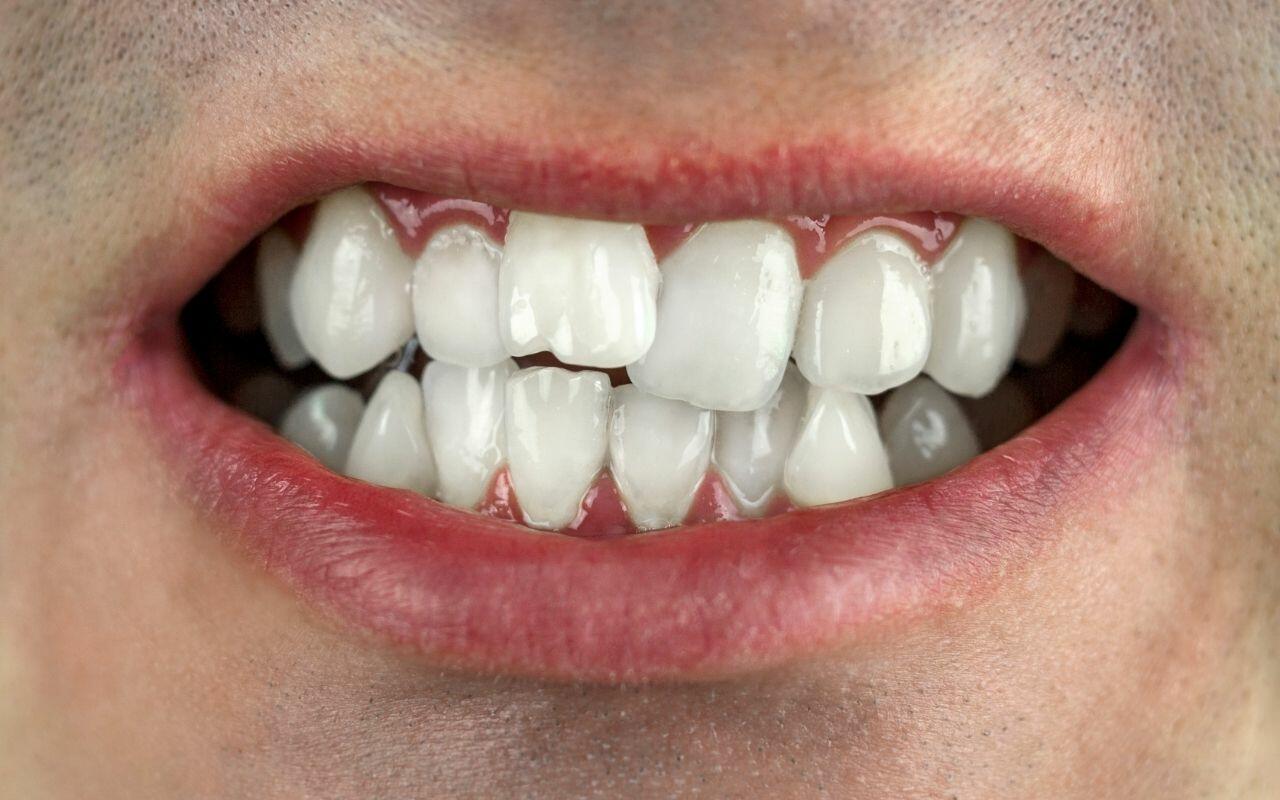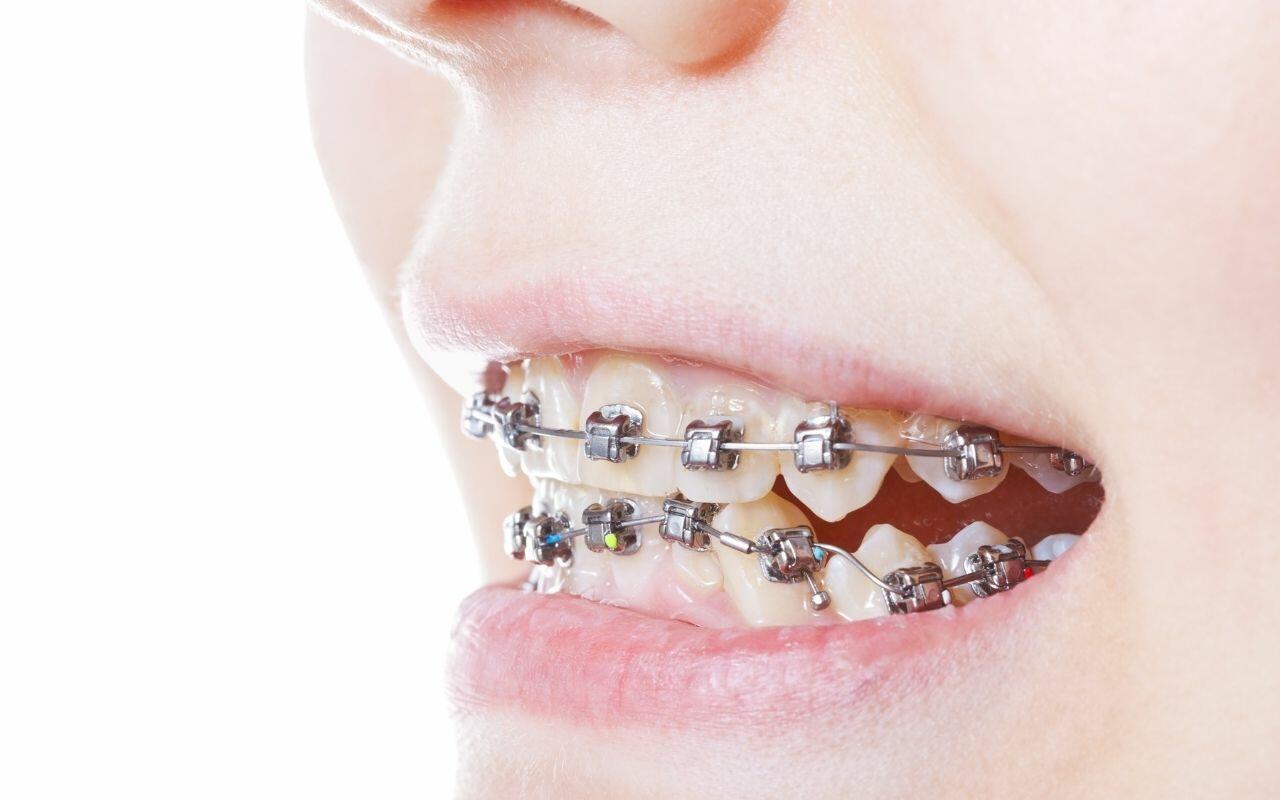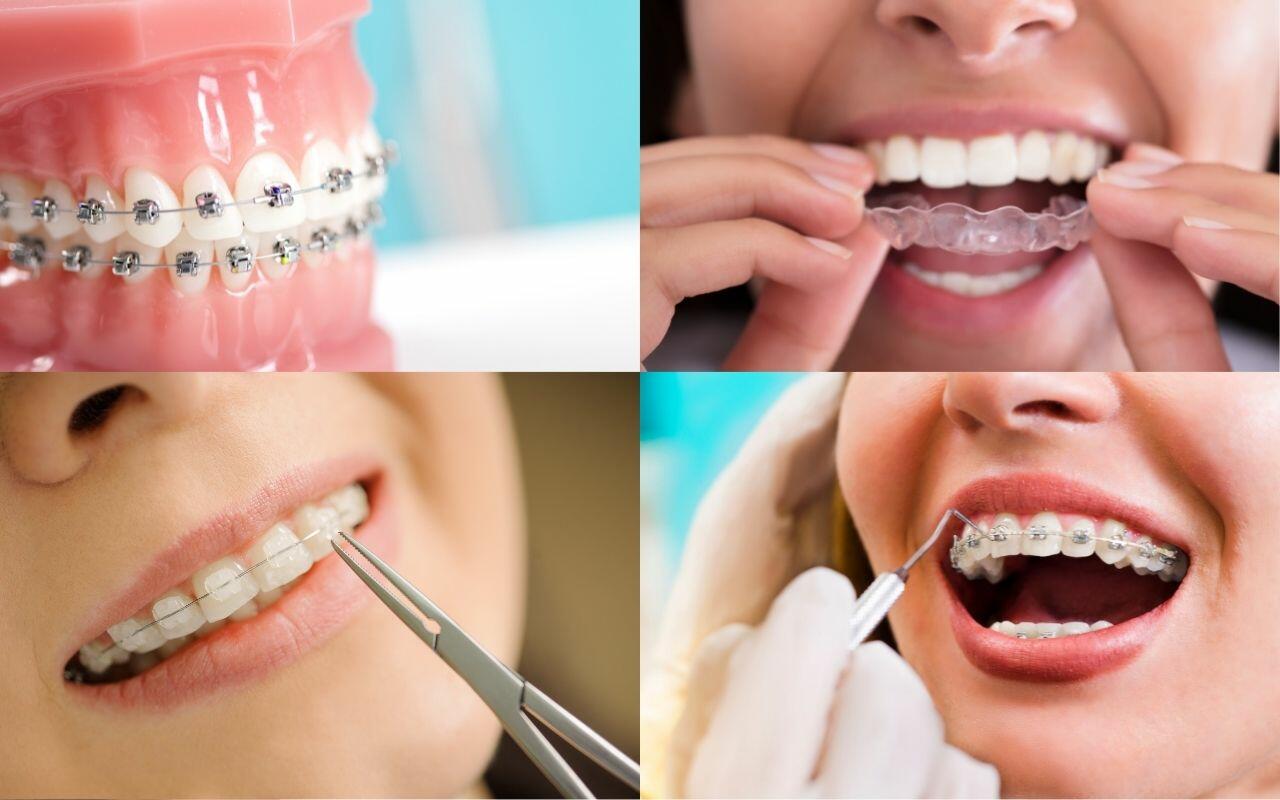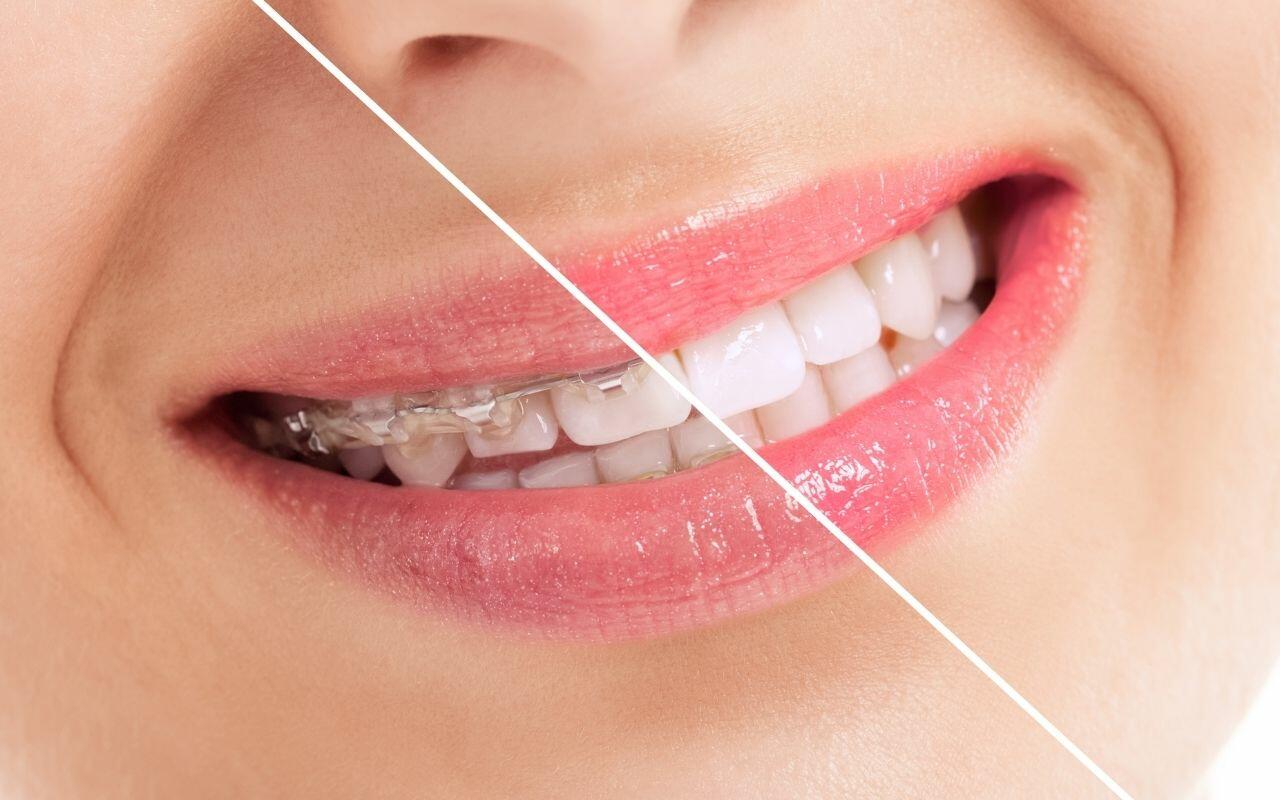Orthodontic treatment is provided with braces and other appliances to straighten your teeth and/or improve your bite. They gently ease your teeth into the ideal position by applying pressure over time. As the teeth are moved closer and closer to the right position, your appliance or orthodontist adjusts the braces or appliance to continue to apply pressure.
While those are the basics of orthodontic treatment, there is much more to the process, depending on the type of treatment you need. Here we explain how orthodontic treatment works, and the different types of treatments available.
Why Do People Need Orthodontic Treatment?

Although there are many reasons you might require orthodontic treatment, the treatment always addresses the position of your teeth and/or your bite. Your teeth position could be purely cosmetic or be affecting your bite. Bite is important as it determines how your upper and lower teeth align when your mouth is closed. If your teeth don’t have the proper fit, you have a “malocclusion.” Orthodontists also address issues caused by missing teeth, overcrowding, gaps or teeth that protrude. All of these things not only ruin the appearance of your smile but also create a bad bite.
Why Is Malocclusion Serious?

Malocclusion can contribute to several issues including:
- Difficulty chewing different types of food
- Muscle tension and pain
- Teeth wear
- Higher risk for chips and breaks
- Difficulty cleaning your teeth if they are too close together
- Increased risk for tooth decay and gum disease
- An imperfect smile that can affect self-esteem
All of these issues can progress, causing more damage to your teeth, increased pain, and lower self-esteem.
What Are Different Types Of Malocclusions?

There are different types of malocclusions, including:
- Overjet with the upper front teeth protruding
- Deep bite with the upper front teeth covering the lower front teeth more than they should
- Underbite with the upper teeth fitting inside the arch of the lower teeth
- Open bite with the back teeth close together and an opening between the lower and upper front teeth
- Crossbite with one or more of your upper teeth not aligning with the lower teeth
Orthodontic treatments can correct all of these issues.
Types Of Orthodontic Treatments And How They Work

Today, there are more options than ever before for orthodontic treatments. As a result, many patients are more likely to choose orthodontic treatments with fewer concerns about the appearance of the traditional “railroad tracks” of metal braces. Other options also make caring for your teeth easier, or speed up the process so treatment is completed sooner. Here are the most common types of orthodontic treatments and how they work:
Braces: Traditional braces use brackets or bands applied to your teeth with glue. Wires are then attached and held in place with rubber or wire ties. Metal braces require ongoing adjustments to help ease your teeth into place over time. You can now choose tooth-coloured ceramic braces to make them less noticeable, however, all braces require adjustments to complete the treatment and move your teeth into the ideal position for bite and/or appearance.
Tray-Based Aligners: Products such as Invisalign® are one of the most popular orthodontic treatments today. This treatment uses a series of clear plastic aligners that are switched every two weeks. Each set of aligners gently ease teeth into place without the need for metal or ceramic wires attached to the teeth. Adjustments are also not required because instead, the aligners are replaced at home. The trays are removable so you can brush and floss your teeth, avoiding the common oral care issues of traditional braces. However, aligners must be worn 22 hours a day to see results, so discipline is required when you opt for this treatment.
FASTBRACES®: The latest technology in orthodontics, these braces can quickly see results in as little as 100 days. This is because they combine the two steps required for traditional braces with the first year moving the teeth and the second year moving the tooth roots. Instead, the straightening takes place at the same time, straightening the roots and teeth together. The process uses “orthoeruption” to not only straighten teeth quickly but also reduce the need for tooth extraction or jaw surgery. While they have the appearance of traditional braces, you only have to wear them for a few months, which makes it easier to deal with to see the results you desire quickly.
Oral surgery: In some cases, tooth extractions are required especially if you have issues with crowding or alignment. If teeth are not growing in properly due to space issues, extractions are recommended for younger patients. Jaw surgery is required in cases where the size or position of the upper and lower jaws are severely different or misaligned.
Your dentist will discuss the best option for your needs. Also, following most orthodontic treatments a removable appliance called a retainer is required at night. In some cases, your dentist might recommend a permanent retainer that is affixed to the back of your teeth.
How Long Does Orthodontic Treatment Take?

The length of your treatment is impacted by a number of factors, including the severity of your case, the type of treatment, additional treatments required such as tooth extraction, your oral health, and your age. Generally speaking, it can be as short as 100 days for FASTBRACES® and upwards of three years for combined treatments or traditional braces. An average is about two years.
What Is The Risk Of Not Undergoing The Recommended Orthodontic Treatment?

There are several risks if you don’t follow through with your recommended orthodontic treatment including:
- Decreased chewing function
- Incorrect bite causing issues with muscle and how joints function
- Pain
- Decreasing oral health due to difficulties brushing and flossing
- Increased risk for tooth decay and gum disease
- Increased risk for developing disease or deterioration of supporting bone
- Abnormal wear
- Decreasing self-esteem due to concerns about your appearance
You can also risk seeing the best results if you fail to follow treatment instructions. This includes failing to wear aligners for the minimum number of hours each day, or missing your regular adjustments for traditional braces.
Call today at 905-775-5307 to ask about orthodontic treatment, or click here to request an appointment.
